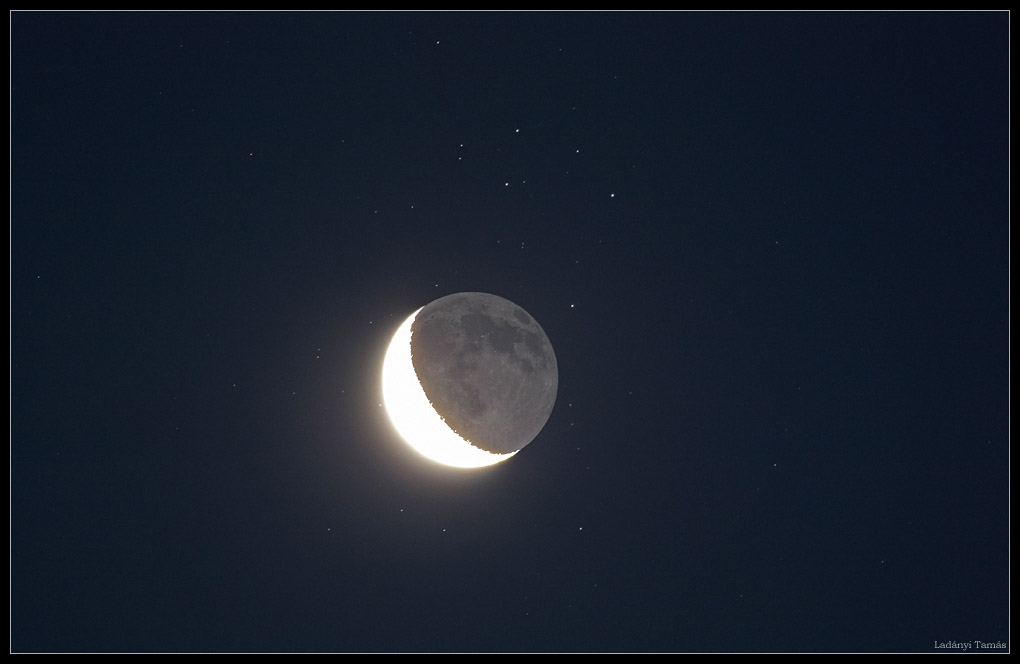Difference between revisions of "July 22, 2009"
| Line 15: | Line 15: | ||
July 17, 2009. 400 mm objective with 3x1 sec exposure.<br /> | July 17, 2009. 400 mm objective with 3x1 sec exposure.<br /> | ||
<br /> | <br /> | ||
| + | <p><b>Yesterday's LPOD:</b> [[July 21, 2009|Brightness At Noon]] </p> | ||
| + | <p><b>Tomorrow's LPOD:</b> [[July 23, 2009|Google Earth's Moon]] </p> | ||
<hr /> | <hr /> | ||
Revision as of 22:35, 4 February 2015
The Last Dark Age

image by Ladányi Tamás, Hungary
A scattered fleet of battlestarships popped out of hyperspace directly in front of the planet's moon. Microwave bombardment by the first wave of attackers melted the left side of the world, essentially resurfacing it with fresh lava. Radiation and gases from the incandescent lava stream into space, enveloping one starship that strayed too close (9 o'clock position). The attack was not unexpected, for the widespread development of nanotechnology meant that the most technologically advanced civilizations across the galaxy needed raw material to use as feedstock for micro-engineering. Planets and moons everywhere were being broken up into their basic atoms to be converted into habitworlds for virally growing populations. Some organisms decried the transmogrification of the galaxy from rocks and ices into cosmic apartments and food factories, and wondered what would happen when the last star, planet, moon, asteroid and comet had been consumed. It was speculated that the same thing was happening in distant galaxies, accounting for their steady disappearance.
Chuck Wood
Can you tell that LPOD needs many more image submissions? Does anyone still image the Moon?
Note I was interviewed twice yesterday for our local celebration of the 40th anniversary of Apollo 11. If you ever wondered what I sound like or look like take a look and listen: A local TV interview, VW public radio interview
Technical Details
July 17, 2009. 400 mm objective with 3x1 sec exposure.
Yesterday's LPOD: Brightness At Noon
Tomorrow's LPOD: Google Earth's Moon



